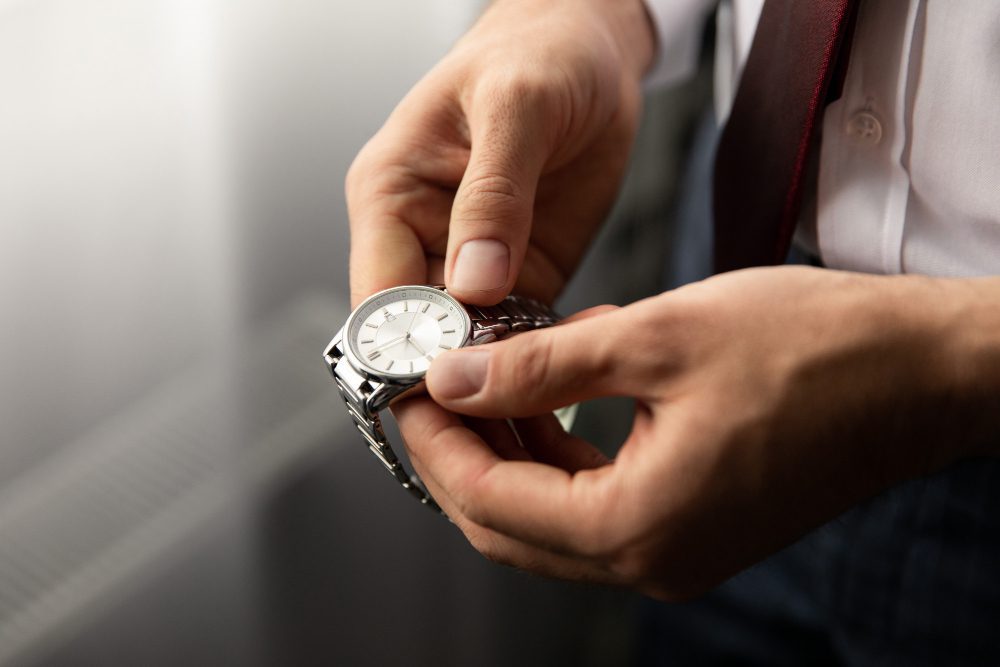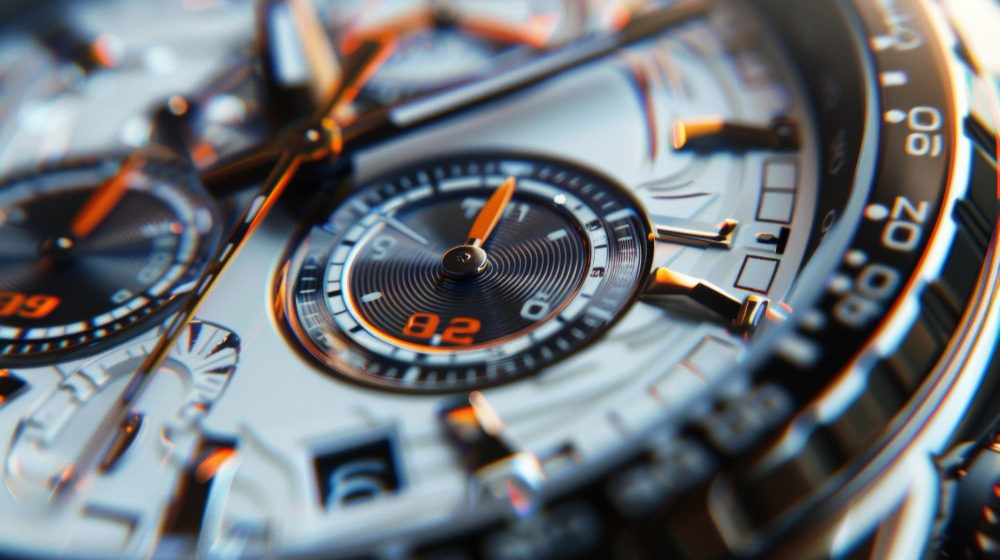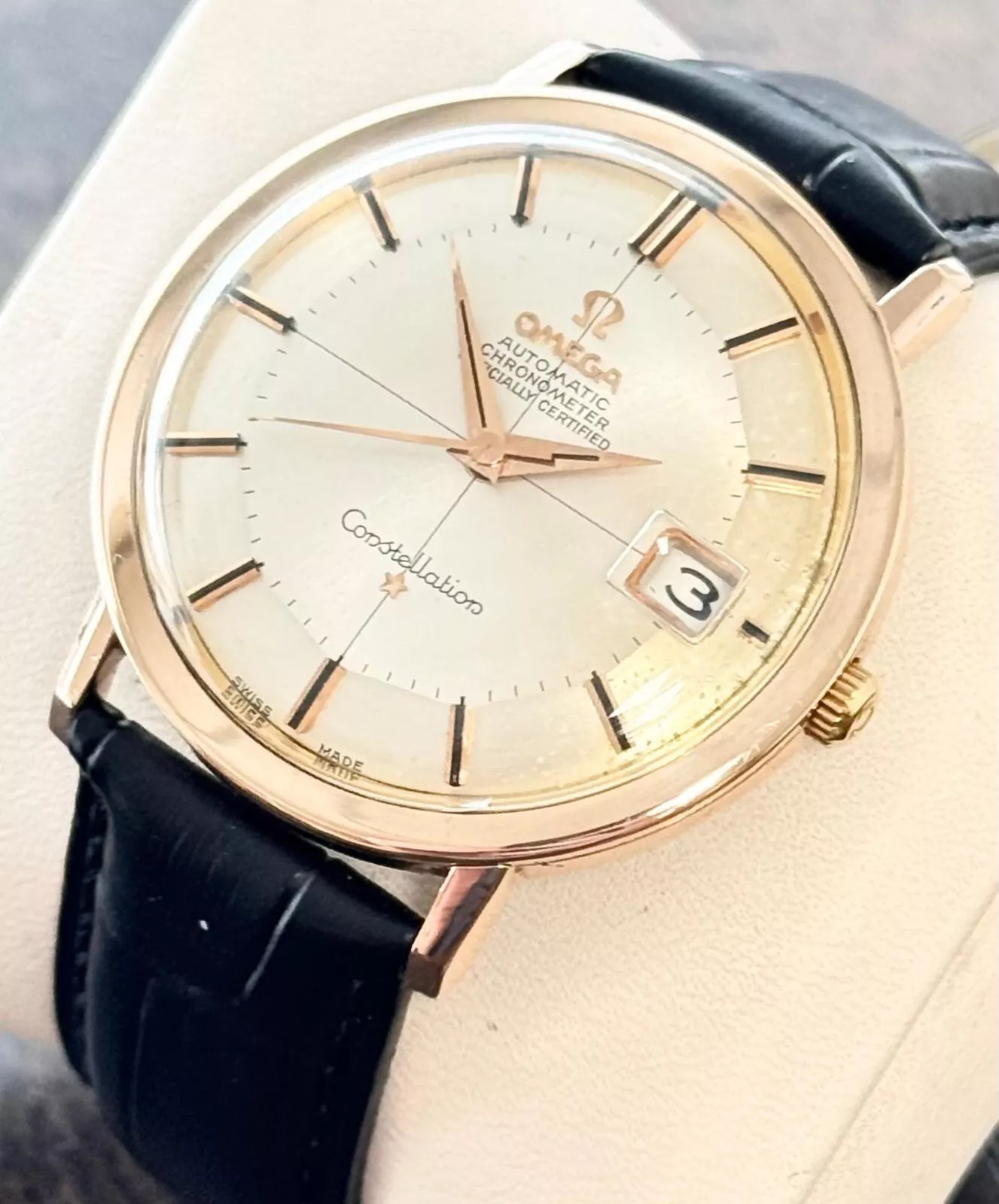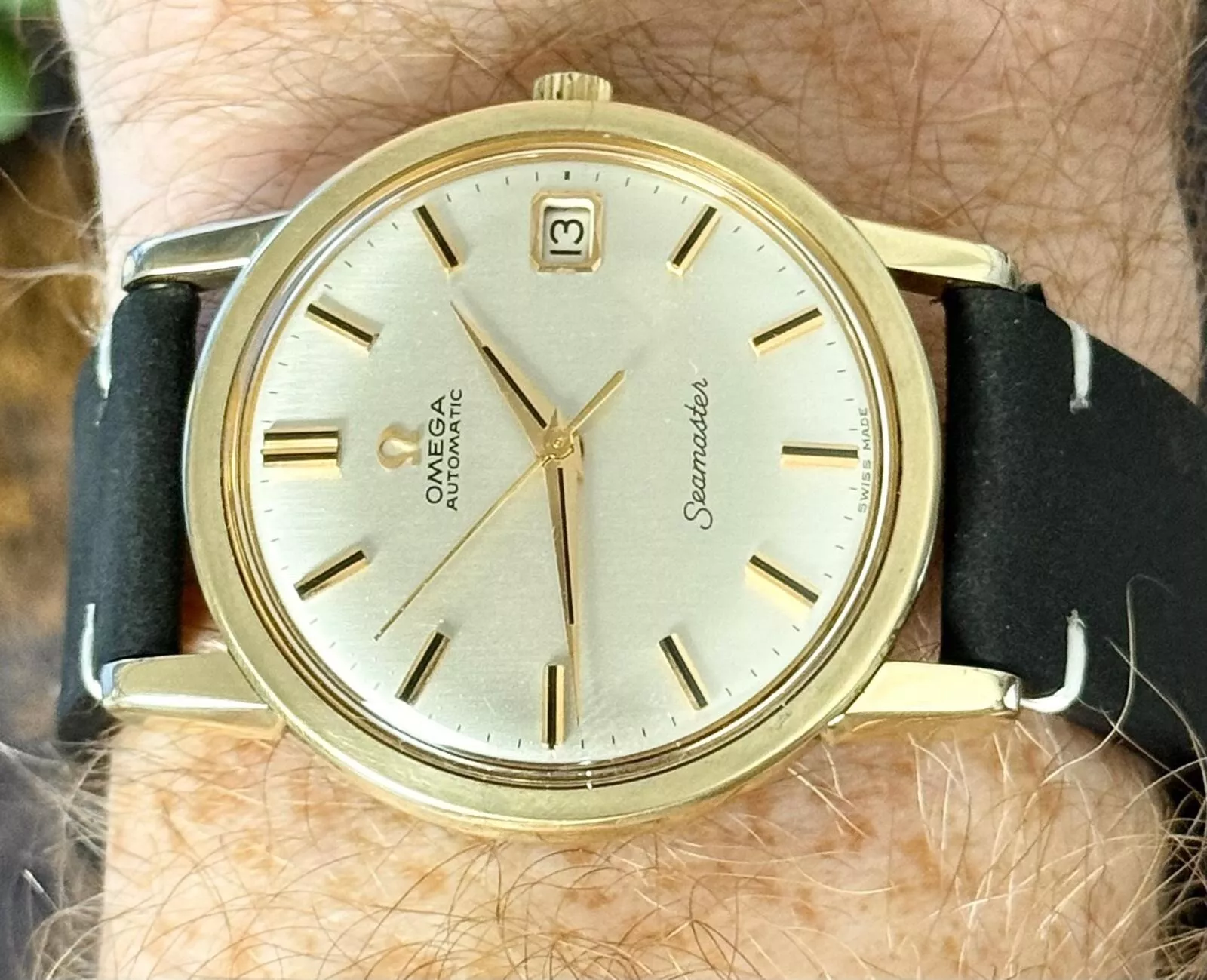Understanding the Tachymeter Scale
A tachymeter, fundamentally, is a scale designed to measure speed, using the time taken to travel a fixed distance. Typically found on the outer bezel or the dial of a watch, this scale is an ingenious way to convert elapsed time into speed measurements, usually in miles per hour (mph) or kilometres per hour (kph). Each number on the tachymeter represents a unit of speed, making it a versatile tool for anyone needing to measure speeds over known distances.
The tachymeter scale is meticulously calibrated, generally for speeds ranging between 60 and 400 units. This range is broad enough to cover a wide variety of applications, from athletic performance tracking to vehicular speed measurement. Most tachymeter scales run up to 3,600, which corresponds to the number of seconds in an hour, enabling it to convert time measured in seconds per unit into speed in units per hour.
You can usually locate a watch’s tachymeter scale engraved on either the outer bezel of the watch or within the inside track of the dial. They are used to measure speed or distance based on travel time. This placement ensures that the scale is both visible and easy to use. When you use the tachymeter, you essentially start the chronograph at a given point and stop it after travelling a known distance. The position of the chronograph’s second hand on the tachymeter scale then gives you the speed. This elegant and practical feature is why tachymeters remain popular among watch enthusiasts and professionals alike.
How to Measure Speed with a Tachymeter
To measure speed with a tachymeter, you need to follow a series of exact steps starting from setting up the chronograph, timing the object’s speed, to finally interpreting the tachymeter scale. This process is straightforward yet requires attention to detail to ensure accuracy.
We’ll explore each step to understand how to transform your watch into a dependable speed-measuring instrument.
Setting Up the Chronograph
Before speed measurement, it’s vital to reset your chronograph to zero. This can typically be done by pressing the bottom pusher button while the chronograph is stopped, which returns all chronograph hands to their starting positions. Once reset, you’re ready to start the chronograph. Press the top pusher button to initiate the movement of the chronograph’s second hand. This hand is dedicated to measuring time for the chronograph function and does not move during normal operation.
Start your chronograph precisely at the moment the moving object, such as a car or runner, passes a designated starting point. Timing accuracy is essential here, so make sure your timepiece is ready. Once the object reaches the end of the known distance, press the top pusher button again to stop the chronograph. This action will halt the movement of the second hand, allowing you to proceed to the next step: reading the tachymeter scale.
Timing the Object’s Speed
Precise timing is the secret to accurate speed measurement. Begin by pressing the chronograph’s start button as the object crosses the starting point. This could be anything from a car beginning its journey to a runner starting a race. The goal is to capture the exact moment the object begins its movement over the known distance.
Once the object reaches the end of the distance, stop the chronograph by pressing the top pusher button again. For example, if you’re measuring the speed of a car travelling one mile, stop the chronograph as soon as the car passes the one-mile mark. If the car takes 30 seconds to travel this distance, the tachymeter scale will indicate a speed of 120 mph. This step is crucial because any deviation in timing can lead to inaccurate speed readings.
Reading the Tachymeter Scale
Once the chronograph is stopped, the subsequent step involves interpreting the tachymeter scale. Locate the number on the scale that aligns with the chronograph’s stopped seconds hand. This number represents the speed of the object over the measured distance in units per hour.
For instance, if the seconds hand stops at the 30-second mark and aligns with 120 on the tachymeter scale, it indicates that the object was moving at 120 mph. The tachymeter essentially converts the elapsed time into an average speed, giving you a clear and precise measurement.
The formula behind this is T = 3600 / t, where T is the speed, 3600 is the number of seconds in an hour, and t is the elapsed time in seconds.
Measuring Distance Using a Tachymeter
Beyond measuring speed, a tachymeter can also be used to measure distance, provided you know your constant travelling speed. This process involves establishing reference points, starting and stopping the chronograph, and then calculating the distance travelled.
We’ll examine each step meticulously, ensuring that the key factors remain constant.
Establishing Reference Points
Establishing clear and visible reference points is the initial step in measuring distance with a tachymeter. These should ideally be markers that are a known distance apart, such as road signs indicating kilometres or miles. For instance, highway exit signs or mile markers make excellent reference points due to their visibility and fixed distances.
Choosing reference points based on known distances is crucial for accuracy. This ensures that your measurements are reliable and consistent. The markers should be easily distinguishable and visible from a distance to avoid any confusion during measurement. This practice sets the foundation for precise distance calculation.
Starting and Stopping the Chronograph
Once your reference points are established, start the chronograph precisely as the object passes the first marker. Timing is everything, so ensure the chronograph hand begins its movement exactly at the starting point.
As the object reaches the second marker, stop the chronograph. This captures the elapsed time between the two points, which is essential for calculating the distance travelled. The accuracy of starting and stopping the chronograph cannot be overstated, as it directly impacts the precision of your distance measurement.
Calculating Distance Traveled
To calculate the distance travelled, follow these steps:
- Use the elapsed time recorded on the chronograph.
- Match the elapsed time with the corresponding speed on the tachymeter scale.
- Calculate speed based on the matched value and use the tachymeter scale to determine the distance.
For example, if the elapsed time indicates a speed of 120 mph and you maintain this speed consistently, the distance covered would be one mile in 30 seconds. This method leverages the tachymeter’s ability to convert time into distance, providing a precise measurement based on elapsed time and speed.
Practical Tips for Accurate Measurement
To measure accurately using a tachymeter, consider a few practical aspects. First, ensure that the distance you are measuring is pre-determined and consistent with the tachymeter scale. This eliminates guesswork and enhances measurement precision.
Maintaining a consistent speed throughout the measurement is also crucial. Any fluctuations can lead to inaccurate readings. Additionally, practising using the tachymeter can help you become more comfortable and proficient, leading to better accuracy. These tips will help you get the most out of your tachymeter-equipped timepiece.
Who Uses Tachymeters?
A diverse set of individuals with unique needs and applications utilise tachymeters. Athletes, for example, use tachymeters to track their running or cycling speeds, helping them gauge performance and set new goals. Pilots also find tachymeters invaluable for calculating ground speed based on the time taken between two fixed points.
Motorsport enthusiasts use tachymeters to measure average speed around a track or specific distance, a vital function in racing scenarios. Even luxury watch lovers appreciate tachymeters for their aesthetic appeal and symbolic representation of precision and speed. This wide range of applications underscores the versatility and enduring appeal of tachymeters.
Top Watches Featuring Tachymeters
Numerous iconic luxury watches, merging functionality and high-end design, incorporate tachymeters. Among the most notable are the Tag Heuer Carrera, Omega Speedmaster, and Rolex Daytona. These timepieces are celebrated for their precision, craftsmanship, and association with racing and aviation.
Tag Heuer Carrera
The Tag Heuer Carrera is a standout in the world of chronograph watches, particularly for its features:
- Tachymeter bezel with a black ceramic insert
- Unique asphalt-motif textured dial inspired by the world of motorsports
- Reflecting Tag Heuer’s deep connection with racing.
The Carrera Porsche Chronograph Special Edition incorporates Porsche’s classic colour scheme of red, black, and grey. This blend of aesthetics and functionality makes it a favourite among watch enthusiasts and car lovers alike.
Omega Speedmaster
The Omega Speedmaster, famously known as the ‘Moonwatch,’ holds a special place in horological history. It was the first watch worn on the moon and has been part of all six lunar missions.
Introduced in 1957, the Speedmaster was designed as a sports and racing chronograph featuring a tachymeter scale. Its Anniversary Edition boasts a blue ceramic tachymeter-scale bezel, combining historical significance with modern design.
Rolex Daytona
The Rolex Daytona is another iconic timepiece, celebrated for its tachymeter scale designed specifically for professional race car drivers to measure average speeds. Its tachymeter bezel is made from Cerachrom, a scratch-resistant material patented by Rolex, ensuring durability and readability.
The Daytona is powered by the in-house COSC-certified Caliber 4130, offering a 70-hour power reserve. This combination of precision engineering and robust design makes the Daytona a top choice for both professionals and enthusiasts.
In summary, the tachymeter is a fascinating and practical feature that transforms a watch into a powerful tool for measuring speed and distance. By understanding how to set up the chronograph, time an object’s speed, and read the tachymeter scale, you can harness this functionality to its fullest. Whether you’re an athlete, pilot, motorsport enthusiast, or simply a lover of fine watches, mastering the tachymeter adds a new dimension to your timekeeping experience.
Frequently Asked Questions
What is a tachymeter on a watch?
A tachymeter on a watch is a scale used to measure speed based on travel time over a fixed distance, typically in miles or kilometres per hour. It helps calculate speed and distance.
How do you use a tachymeter to measure speed?
To measure speed using a tachymeter, start the chronograph at a known starting point, stop it after travelling a known distance, and read the speed from the tachymeter scale where the seconds hand stops.
Can a tachymeter measure distance?
Yes, a tachymeter can measure distance by utilising the elapsed time on the chronograph and the tachymeter scale.
Who typically uses tachymeters?
Tachymeters are typically used by athletes, pilots, motorsport enthusiasts, and luxury watch lovers due to their practical and aesthetic benefits.
What are some top watches featuring tachymeters?
Some top watches featuring tachymeters are the Tag Heuer Carrera, Omega Speedmaster, and Rolex Daytona. These are all highly-regarded timepieces.








